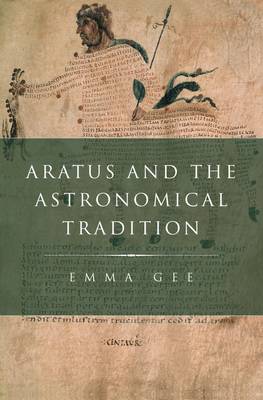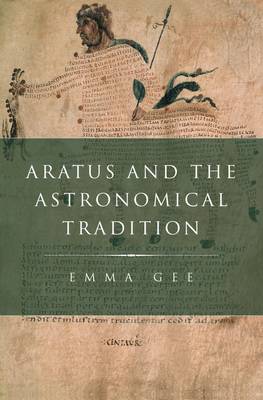
En raison d'une grêve chez bpost, votre commande pourrait être retardée. Vous avez besoin d’un livre rapidement ? Nos magasins vous accueillent à bras ouverts !
- Retrait gratuit dans votre magasin Club
- 7.000.000 titres dans notre catalogue
- Payer en toute sécurité
- Toujours un magasin près de chez vous
En raison de la grêve chez bpost, votre commande pourrait être retardée. Vous avez besoin d’un livre rapidement ? Nos magasins vous accueillent à bras ouverts !
- Retrait gratuit dans votre magasin Club
- 7.000.0000 titres dans notre catalogue
- Payer en toute sécurité
- Toujours un magasin près de chez vous
Description
Why were the stars so important in Rome? Their literary presence far outweighs their role as a time-reckoning device, which was, in any case, superseded by the synchronization of the civil and solar years under Julius Caesar. One answer is tied to their usefulness in symbolizing a universe built on "intelligent design." From Plato's time onwards, the stars are most often seen in literature as evidence for a divine plan in the layout and maintenance of the cosmos. Moreover, particularly in the Roman world, divine and human governance came to be linked, one striking manifestation of this being the predicted enjoyment of a celestial afterlife by emperors. Aratus' Phaenomena, a didactic poem in Greek hexameters, composed c. 270 BC, which describes the layout of the heavens and their effect on the lives of men, was an ideal text in expressing such relationships: a didactic model which was both accessible and elegant, and which combined the stars with notions of divine and human order. Across a period extending from the late Roman Republic and early Empire until the age of Christian humanism, the impact of this poem on the literary environment is apparently out of all proportion to its relatively modest size and the obscurity of its subject matter. It was translated into Latin many times between the first century BC and the Renaissance, and carried lasting influence outside its immediate genre. Aratus and the Astronomical Tradition answers the question of Aratus' popularity by looking at the poem in the light of Western cosmology. It argues that the Phaenomena is the ideal vehicle for the integration of astronomical "data" into abstract cosmology, a defining feature of the Western tradition. This book embeds Aratus' text into a close network of textual interactions, beginning with the text itself and ending in the sixteenth century, with Copernicus. All conversations between the text and its successors experiment in some way with the balance between cosmology and information. The text was not an inert objet d'art, but a dynamic entity which took on colors often in conflict in the ongoing debate about the place and role of the stars in the world. With this detailed treatment of Aratus' poem and its reception, Emma Gee resituates a peculiar literary work within its successive cultural contexts and provides a benchmark for further research.
Spécifications
Parties prenantes
- Auteur(s) :
- Editeur:
Contenu
- Nombre de pages :
- 320
- Langue:
- Anglais
- Collection :
Caractéristiques
- EAN:
- 9780199781683
- Date de parution :
- 08-10-13
- Format:
- Livre relié
- Format numérique:
- Genaaid
- Dimensions :
- 155 mm x 236 mm
- Poids :
- 566 g

Les avis
Nous publions uniquement les avis qui respectent les conditions requises. Consultez nos conditions pour les avis.






